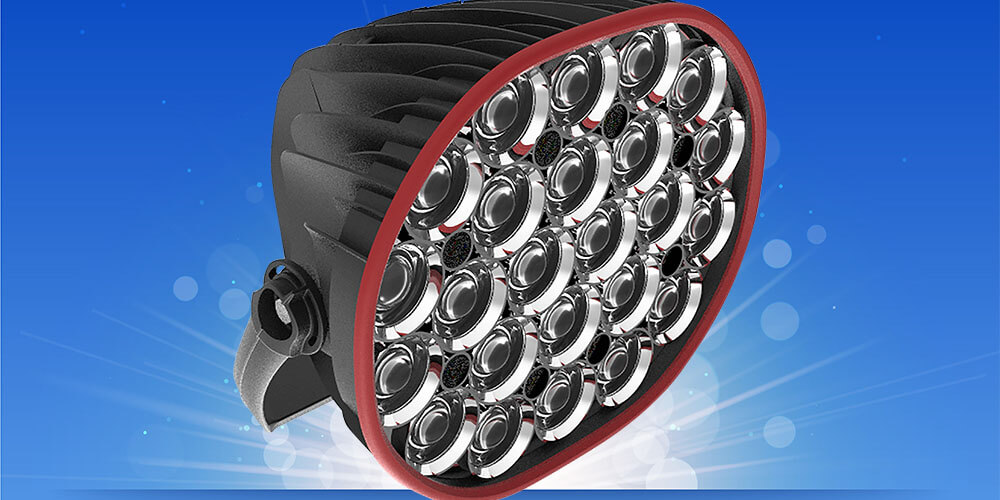For many people around the world, sports have an almost mythical status. Die-hard fans dedicate a large part of their free time to spectate at stadiums and indoor arenas. This means that indoor sports field lighting is required for events that happen at night. Outdoor sports field lighting is also applied to extensive outdoor activities and events, including famous artists’ concert performances.
These lighting mechanisms are usually mounted on very long poles, typically 30 to 100 feet long. In most cases, 1 or 2 sports field lighting fixtures are mounted on each pole. Today, many sports field lighting systems use high-intensity discharge lamps, older mercury vapor lamps, or newer high-pressure sodium. Let’s focus on the differences between LED and HID lights, metal halide lights, and high-pressure sodium lights.
LED vs. High-Intensity Discharge for sports field lighting
A variety of gas-discharge lights are categorized as HID lighting. These are essentially the oldest type of electrical lighting systems. Common HID light options include mercury vapor, metal halide lamps, and low and high-pressure sodium light. Lesser-known versions of HID lighting include xenon short-arc lamps and ceramic metal halide lamps.
Most HID lamps generate light by sending electrical signals between two tungsten electrodes and ionized gas called plasma. One downside of HID is that these lighting systems require ignition, which in most instances is provided by a separate electrode.
Once the lamp is lit, the electrical arc begins to evaporate the metal solution inside the bulb. Other disadvantages of HID lights include:
- The need for warm-up periods.
- The fading effect over time.
- Ballast’s need to stabilize the light.
Additionally, HID lamps contain toxic compounds. HID sports field lighting is mainly used in gymnasiums, road lighting, warehouses, and large public areas.
LED vs. metal halide lights
When a chemical combination of halogen elements and metal occurs, metal halides are created. Metal halide lamps work by generating light by passing an electrical current through mercury and metal halide gas. Generally, these types of lights are up to 5 times more efficient than incandescent bulbs. The light they produce is of higher quality as well.
The color temperature they produce is also very high. This makes metal halide lamps a perfect fit for illuminating sports facilities, photography, and in-vehicle headlights.
The drawbacks of metal halide lighting include:
A required warm-up period.
- Reduced efficiency when running at less than full operating power.
- You need to anticipate when you need the light.
LED vs. high and low-pressure sodium lighting
High-pressure sodium lighting is a version of gas-discharge lighting, also known as arc lights. The difference between low-pressure and high-pressure lamps is the difference in operating pressure inside the systems. Arc tubes in high-pressure sodium lamps are made of sodium metal and aluminum oxide.
Conclusion
Light-emitting diodes are crafted from semi-conductive materials, including selenium and silicon, which allow current to pass through them, creating light. Sports field lighting can be achieved using LED, which is efficient and does not waste resources.
